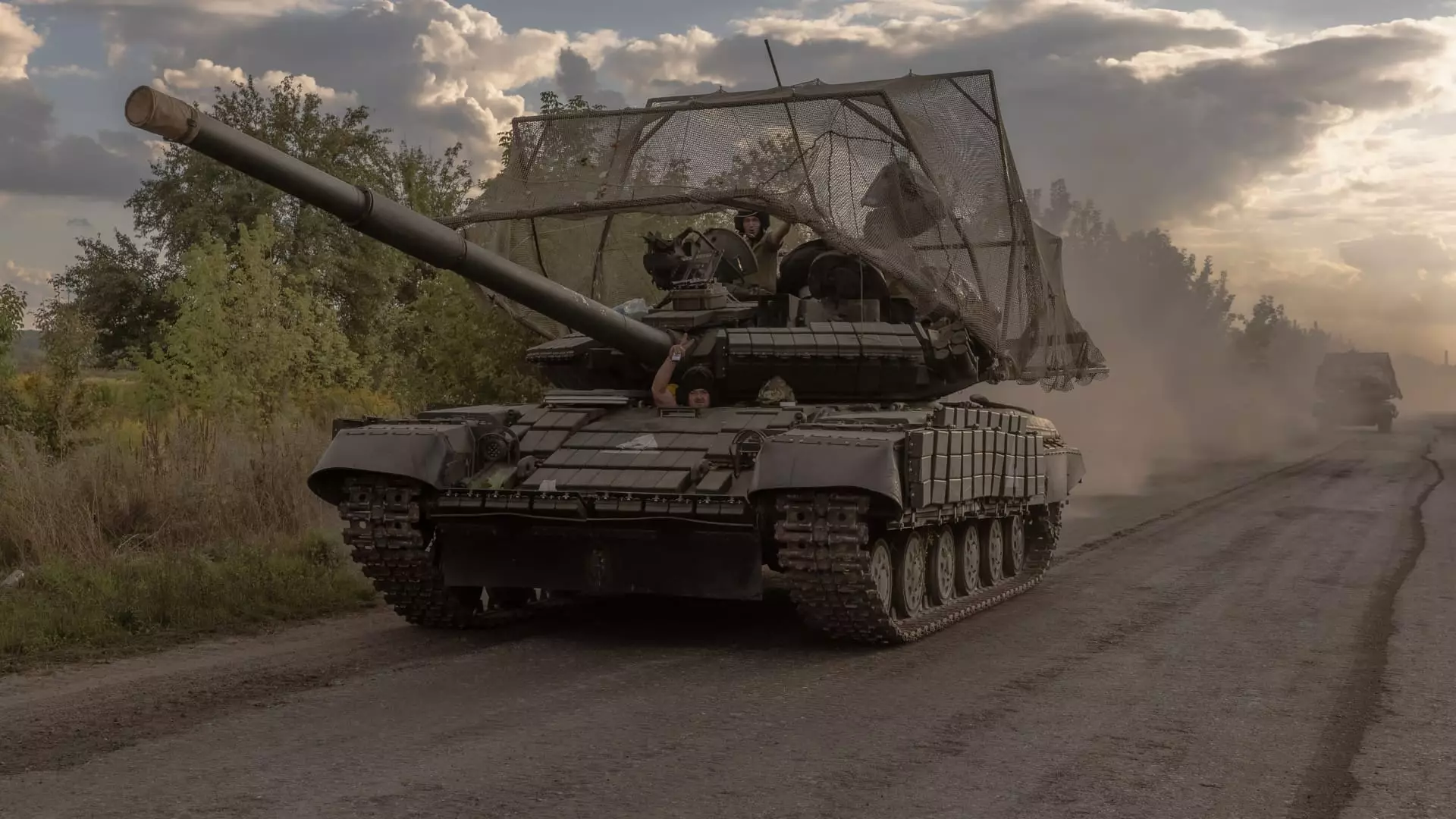As tensions continue to rise over Russia’s aggression in Eastern Europe, the European Union’s anticipated announcement on defense financing marks a pivotal moment for regional security. The gathering of 27 EU leaders in Brussels reflects a profound recognition of the escalating threats not only from Moscow but also from the intricate geopolitical dynamics shaping Europe and its alliances. The urgency can’t be overstated: the stakes have never been higher, and inaction could lead to disastrous consequences for global stability.
This crucial meeting on defense and support for Ukraine is fueled by recent diplomatic friction between the United States and Europe. Vice President JD Vance’s critical remarks at the Munich conference signal growing dissatisfaction with European defense expenditures, while the heated dialogue between President Biden and Ukrainian President Zelenskyy underscores the precarious position of Ukraine amidst insufficient commitments from allies. The EU is consequently at a crossroads: adopt a proactive stance or risk the collapse of its defense architecture.
Rearmament Necessity in the Face of Invasion
Europe’s struggle to fortify itself against Russian encroachment is compounded by the undeniable reality that military preparedness is not merely a question of national pride, but an imperative for survival. As the evolving situation in Ukraine illustrates, European nations must recalibrate their approaches and mobilize substantial resources for defense. European Commission President Ursula von der Leyen’s forthcoming proposals illustrate a burgeoning consensus that it is time to reform existing fiscal constraints to enhance military expenditure.
The thought of an unprepared Europe faltering in the shadow of a resurgent Russia stirs a profound fear. This often-overlooked reality highlights the acute need for consistent finance inflow to address current deficiencies. With the potential of an additional €250 billion annually dedicated to defense, European nations have an opportunity to transform their military capabilities and safeguard democracy on the continent.
The discussion surrounding NATO suggests that member states are beginning to heed the long-standing calls for increased spending beyond the minimal 2% GDP threshold. The notion propagated by figures like Donald Trump that each nation should contribute 5% represents a bold contention, challenging established norms and pushing Europe to reconsider its financial commitments.
Consider the implications of common borrowing for defense projects, a step that some have suggested should mirror the COVID-19 recovery strategy, NextGenerationEU. This opportunity not only symbolizes solidarity amongst EU nations but also represents an innovative solution to combat both economic uncertainty and the threats posed by autocratic regimes. While some fiscally conservative states may hesitate, viewing common debt as a slippery slope, the necessity for a united front against external threats must ultimately prevail in the EU’s collective decision-making.
To deter aggression and cultivate a safer future, Europe is tasked with the monumental challenge of building a strong defensive force. Bruegel’s report underscores the dire need for 300,000 additional troops, raising the question: how can European nations sustain such a vision? Building the military infrastructure necessary to meet these demands will require significant investment both in financial terms and human capital. Moreover, a culture of shared sacrifice and common defense strategy must emerge to ensure that this rearmament campaign doesn’t become a source of division or resentment among member nations.
Wolfgang Schaeuble’s assertion that “the age of omnipresent American security is over” rings more true with each passing day. Europeans must reclaim autonomy over their security needs and policies while ensuring a strategic partnership with the United States that is symbiotic rather than one-sided. Falling back onto a historical reliance on American defense could leave Europe crippled and vulnerable if relations sour or military commitment wavers with changing political tides in Washington.
As the EU prepares to put forth actionable plans for defense financing, the world will be watching with bated breath. The proposed measures surrounding the repurposing of NextGenerationEU funds and the necessary amendment of fiscal guidelines represent a crucial evolution in European defense policy. Should Europe take bold steps to align financial structures to meet growing threats, they can reclaim the narrative of sovereignty, preparedness, and resilience. The ultimate question remains: will Europe rise to the occasion, or will indecision and stagnation overshadow this critical juncture?


Leave a Reply